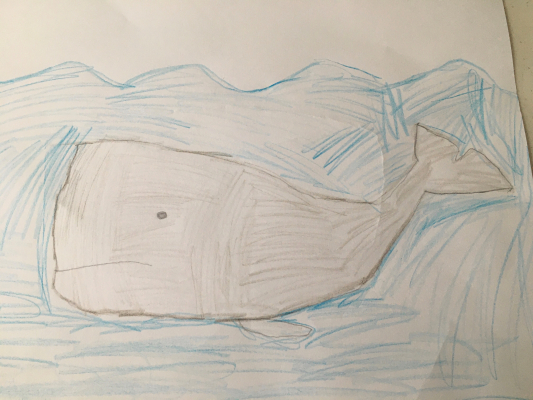Species of the Week - Week Five
Introduction
These are uncertain times. The Covid 19 pandemic forces many of our IWC community around the world to live and work remotely, away from families, friends and colleagues. Meetings, including our own Scientific Committee, will not be held in-person.
Many observers have spoken of the need to reassess our relationship with our environment post-Covid 19, to ensure the vast global recovery programme that will be needed takes a new approach and considers One Health – human, environmental and economic. This will be a big challenge.
In the meantime, the IWC offers a very small challenge – hopefully a fun diversion for you, your children and anyone else sharing these tough times with you. Each week we will spotlight a cetacean species and ask three questions about that species. The answers will be found in a link to the IWC’s Whale Watching Handbook, a resource to support sustainable whale watching all over the world.
As well as testing or extending our knowledge of cetaceans, we hope that this will encourage you to think beyond these current, difficult circumstances and to the future when we can roam freely outside, watch whales, dolphins, porpoises and other wildlife once more, and with newfound appreciation of the variety and value of our environment.
Week Five: the right whale - questions
The right whale’s name originates from the fact that historically, whalers considered this species to be the ‘right’ whale to hunt. Here are three questions to test your knowledge of the right whale. The answers can be found on the Right Whale page of the Whale Watching Handbook.
What are the three main reasons why whalers historically preferred to hunt right whales?
How many species of right whale are there?
What do right whales feed on?
Week Four: the sperm whale - answers
The answers to last week’s questions on the gray whale, taken from the Sperm Whale page of the Whale Watching Handbook:
The famous 19th century novel featuring a sperm whale is Moby Dick by Herman Melville.
Squid is the preferred prey of the sperm whale.
The sperm whale has the largest head and brain of any animal on the planet.
Next week: the killer whale
Picture competition
Thank you to this week's amazing artists: Tia Smith age 9, Nora Parage age 2, and Ivan Smith age 7.
If you would like the chance to see your drawing or photograph of a whale posted on the IWC website, please send artwork (landscape format only please) to communications@iwc.int.
Have a good week and stay safe.

